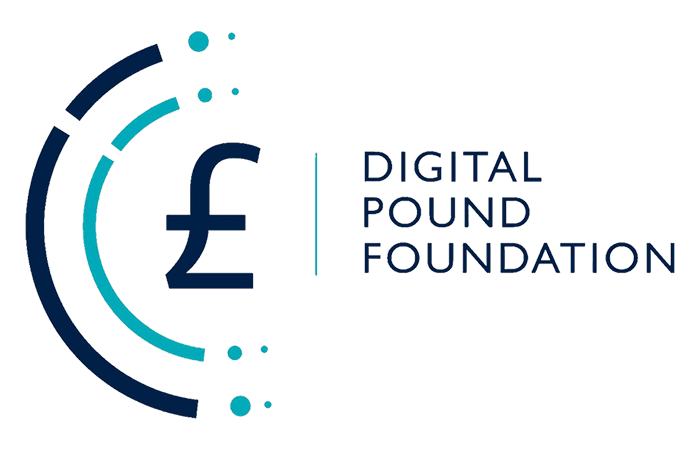Discussions on the possibility of a common BRICS currency have been widely reported, but according to the Governor of the Bank of Russia, Elvira Nabiullina, implementing such a currency could be a challenging endeavour.
While some claim that the combined economies of Brazil, Russia, India, China, and South Africa (BRICS) now surpass the economies of the G7 nations, research by Ledger Insights reveals a different picture. Using World Bank GDP statistics for 2022, the G7 combined GDP is actually 69% larger than that of BRICS. Furthermore, the GDP of BRICS countries is only slightly larger than that of the United States.
Despite this, the idea of a BRICS currency holds potential significance, especially considering the dominance of the United States dollar as the global reserve currency. However, several factors contribute to the dollar’s supremacy, and the size of an economy is just one aspect.
According to RIA, the Governor of the Bank of Russia expressed her views on the topic during a press conference, stating that while the idea of a BRICS currency deserves attention, implementing it would be a complex task requiring the consent of multiple parties. She emphasised that their current efforts are focused on developing bilateral settlements using national currencies and enhancing the payment system infrastructure, which aligns with the needs of businesses.
Moreover, coordination among BRICS nations could become more intricate if the group expands beyond its current five members. The recent admission of new countries, such as Bangladesh, the United Arab Emirates, and the prospective member Uruguay, may further complicate the path towards a common currency.
Developing the necessary technology for the currency is another vital aspect. China, with its domestic digital yuan Central Bank Digital Currency (CBDC) and its involvement in the MBridge CBDC for cross-border payments, has extensive experience that could be leveraged in this regard.
Nabiullina’s stance reflects the Bank of Russia’s focus, even as there are ongoing discussions about legalising cryptocurrencies in Russia and exploring alternative approaches to address sanctions. Recently, reports of a major Russian bank running trials for trade payments with cryptocurrencies have surfaced, carefully navigating the country’s regulations by purchasing crypto outside of Russia.
On a different front, the Russian Duma has passed legislation for a digital ruble central bank digital currency (CBDC), awaiting approval from the Federal Council. This development has delayed the launch of a digital ruble pilot, which will involve 13 banks. The digital ruble will not earn interest and will offer free payments for end-users, while merchants will incur a 0.3% transaction fee.
























































